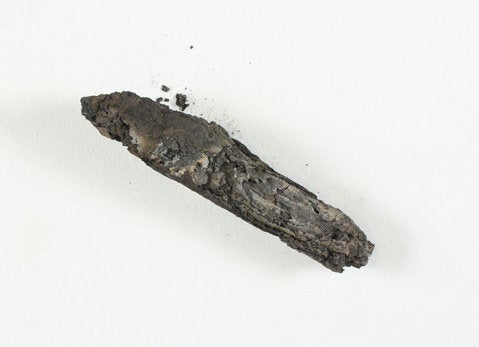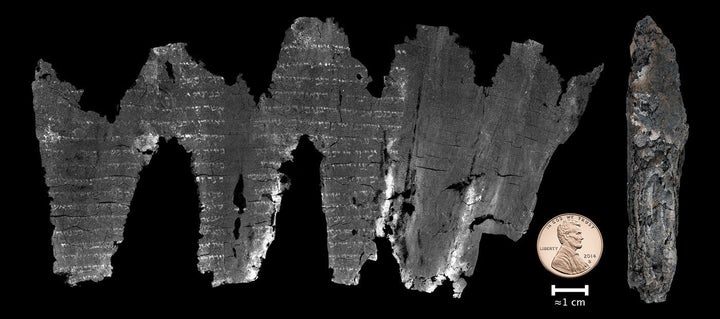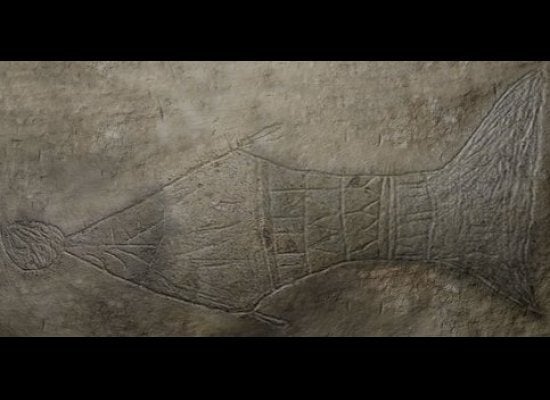More than 40 years ago, archaeologists discovered what appeared to be a hunk of scroll at the site of En-Gedi, an ancient Jewish community in modern-day Israel. The fragment was charred and crushed, and every touch seemed to hasten its disintegration.
The Israel Antiquities Authority, which houses many artifacts from the region, locked the scroll away to preserve what was left of it. And there it remained for decades.
But researchers from the Israel Antiquities Authority, Hebrew University of Jerusalem and University of Kentucky published a report on Sept. 21 announcing they had finally revealed the contents of the evasive scroll.

Using a process known as “virtual unwrapping,” which entails x-ray scanning, 3D texturing and virtual flattening, the researchers determined the scroll to contain text from the book of Leviticus, the third book of the Torah or Old Testament.
“Never in our wildest dreams did we think anything would come of it,” Pnina Shor, the head of the Dead Sea Scrolls Project at the Israel Antiquities Authority, told The New York Times.
Radiocarbon tests dated the scroll to roughly the third or fourth century CE, making it one of the oldest Hebrew fragments from the Torah other than the Dead Sea Scrolls.
The text deciphered so far is identical to what’s found in the Masoretic Text from Medieval manuscripts, the report’s authors write. Thus it’s comparable to what readers find in most modern translations of Jewish and Christian scriptures.
Several researchers from the project hosted an AMA, or “ask me anything,” on Reddit on Friday to answer questions about the scroll.
Amidst a number of questions on the particulars of 3D imagining, one redditor noted how remarkable it is that scientists can use technology to unlock history in this way.
“How you feel about the mixture of ancient history and, basically, sci fi?” the person asked. “You’ve got to have had a couple of surreal moments like ‘guys, are we actually doing this?’”
William Brent Seales, chairman in the department of computer science at the University of Kentucky, responded:
You are not kidding. When I look at that final image we produced, without rehearsing all the technical steps, it seems like a dream. Not sure how else to describe it - magic isn’t the right word but the imaging is just so powerful. And I love the interdisciplinary part. As a computer scientist I have learned so much about history and other areas of scholarship.

Another person asked the researchers about their religious backgrounds and whether the project impacted their faith.
“I am Jewish,” responded Michael Segal, a professor of Biblical Studies at the Hebrew University of Jerusalem and a researcher on the project. “This discovery is a great example of the possible symbiotic relationship between the study of science and religion.”
Seales answered, “I am a Christian and the discovery/recovery of the text within the En-Gedi scroll has helped me upgrade my understanding of these ancient texts and their place in the development of both Christianity and Judaism. In my case faith and devotion are rooted in reason and ‘all truth is God’s truth.’”
Watch the video above to see how researchers used “virtual unwrapping” to read the En-Gedi scroll.

